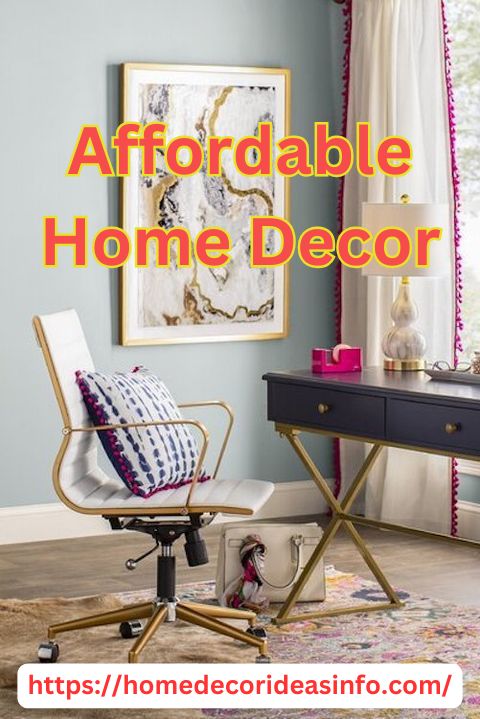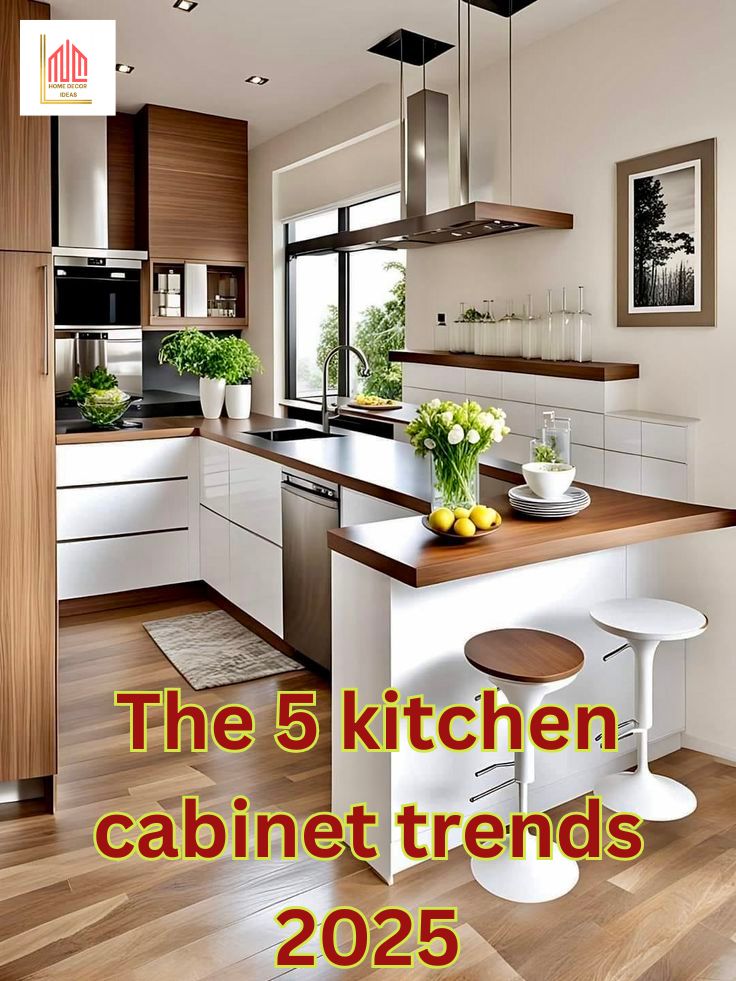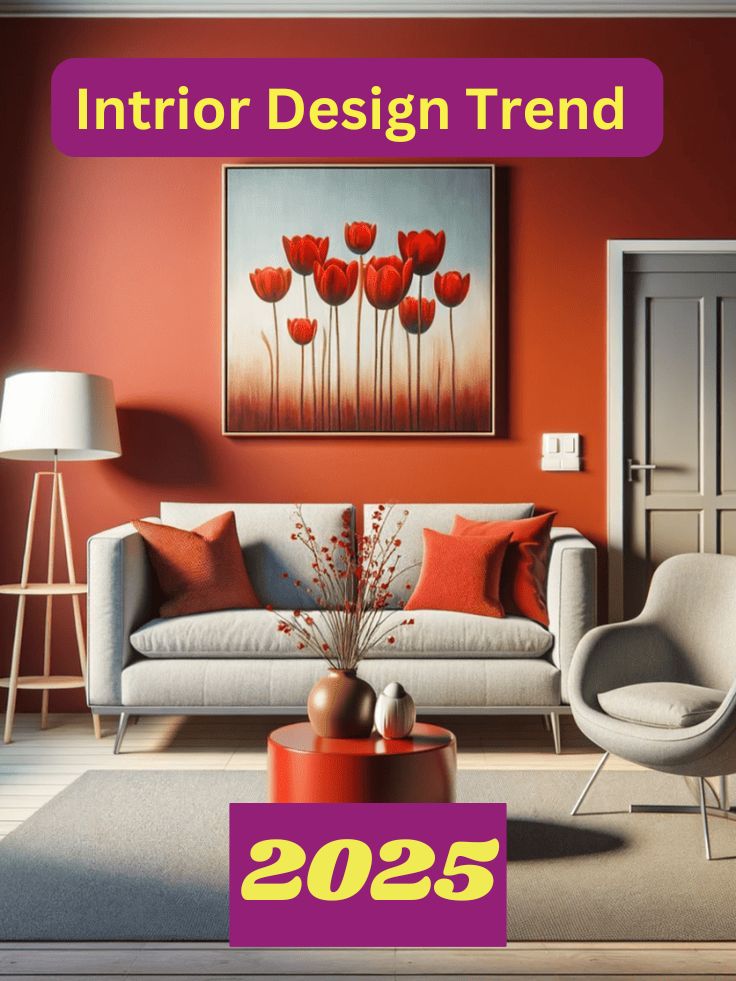When we think of interior painting, we often think of traditional approaches like solid colors and accent walls. But in today’s design world, painting offers endless opportunities to experiment, enhance, and redefine a space. If you’re ready to go beyond the basics and do something bold, here are 10 unconventional interior painting ideas to inspire your next project.
Table of content:
- Bold Color
- Two-tone walls with a twist
- Colorful Door Frames
- Gradient Walls (Ombre Effect)
- Unexpected Accent Walls
- Painted Floor Patterns
- Architectural Highlights with Color
- Color Block Walls
- Paint Furniture as Wall Art
- Metallic Accents for a Glamorous Look
Bold Color:
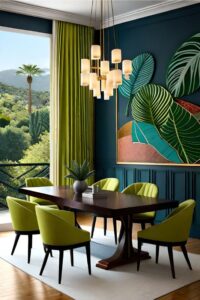
Paint your ceiling boldly like rich blue or emerald green to add dynamism to your room.
Mural or Sky Effect: If you want something playful, create a sky-like effect with soft blues and clouds, or choose a mural that continues the theme of the room. A dramatic ceiling not only adds depth but also draws the eye upwards, making the room appear larger.
Two-tone walls with a twist:
Instead of a standard horizontal split on a two-tone wall, try an unexpected split using a diagonal or geometric line.
Diagonal split: Use a bold, bright color on the bottom half and a neutral color on the top half, or vice versa. The diagonal lines create a modern, angular look that’s artsy and fun.
Asymmetrical pattern: Break the norm of varying the height of your two-tone wall and think about where you want the eye to be drawn to and adjust accordingly.
Colorful Door Frames:
Doors are often overlooked, but you can create an interesting focal point by painting just the door frame in a bold color. For example:
Unexpected Color: Imagine a bright yellow or cobalt blue door frame in a neutral room. The pop of color adds instant personality without overwhelming the room.
Coordinate or Contrast: Match the frame to elements in the room (like pillows or artwork) or choose contrast to make a statement with the door itself.
Gradient Walls (Ombre Effect):
The Ombre effect, where colors blend gradually, isn’t just for fabrics. It creates a soft, ethereal look on walls that is both trendy and timeless.
Vertical Gradient: Start with a darker color at the bottom of the wall and gradually fade to a lighter color as you move up, creating the effect of a sunrise or sunset.
Horizontal Gradient: For a more subtle approach, blend two complementary colors across the room’s width. This technique is great for creating a tranquil, dreamy atmosphere, especially in bedrooms and meditation rooms.
Unexpected Accent Walls:
Accent walls are a tried-and-true method, but have you ever thought about extending your accent color beyond a single wall?
Around Corners: Rather than limiting your accent to one wall, frame it around a corner for a bolder, more intense effect.
Doors and Cabinets: Paint your doors and cabinets as well as your walls the same shade for a more uniform, polished look.
Painted Floor Patterns:
Floors don’t necessarily have to be covered with carpets or rugs. If you have wooden or concrete floors, consider painting them to give them a fresh and unique look.
Checkerboard or Stripes: Choose a classic checkerboard in neutral tones or bold stripes in bright colors.
Stencil Designs: Use stencils to create intricate patterns, from Moroccan-inspired tiles to floral prints. Painted floors are especially suitable for entryway areas, kitchens, and conservatories where you want to make a design statement.
Architectural Highlights with Color:
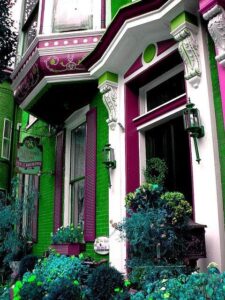 If your home has beautiful architectural details like moldings, beams, or wainscoting, use paint to highlight them.
If your home has beautiful architectural details like moldings, beams, or wainscoting, use paint to highlight them.
Contrasting Moldings: Paint the trim or baseboards in a color that strongly contrasts with the walls.
For example: black trim in a white room creates a bold, contemporary feel.
Beams and Trim: Paint exposed beams or trim in a tone that complements or contrasts with the ceiling and walls to draw attention to the structural beauty of the room.
Color Block Walls:
Color blocking involves painting large wall sections in contrasting colors or tones. This technique creates a playful, modern look.
Geometric Shapes: Create squares, rectangles, and even circles in different colors. This is especially effective in children’s rooms or creative spaces.
Vertical Blocks: Instead of using horizontal divisions, try vertical blocks of color to create a sense of height and grandeur. This method allows you to use multiple colors without becoming cluttered and allows you to achieve vibrant tones.
Paint Furniture as Wall Art:
For a unique twist on interior painting, you can paint your furniture the same color as the wall behind it to make it blend into the room.
Seamless Look: Paint your shelves and built-in cabinets the same color as the wall for a seamless, integrated look.
Statement Piece: Alternatively, you can turn your furniture into a work of art by using a bold, contrasting color, like a bright yellow bookcase against a dark green wall. This technique gives your room a unified look while adding a designer flair.
Metallic Accents for a Glamorous Look:
For those who like a little more glam, metallic colors can add a luxurious element to your space.
Details in Gold, Silver, and Bronze: Use metallic paint to highlight certain architectural features like trim or picture frames.
Metallic Sheen Accent Wall: Paint an entire wall in a metallic finish for a sophisticated look that shimmers in the light. Metallic colors are perfect for dining rooms, powder rooms, entryways, and other areas where you want to create a luxurious look.
Final Thoughts:
Interior painting doesn’t have to follow traditional rules. Whether you’re painting walls, ceilings, floors, or furniture, think outside the box to create a space that reflects your personality and style. These unconventional painting ideas can take a room from ordinary to extraordinary and instantly refresh it with maximum effect. Pick up your brush and get creative. You’ll be amazed at how much you can do with just a little paint.
What is the best time to paint the interior of my home?
The best time to paint your home’s interior is during dry and mild weather conditions, typically in the spring or fall. This allows for optimal drying times. However, since it’s an indoor activity, interior painting can technically be done year-round.



